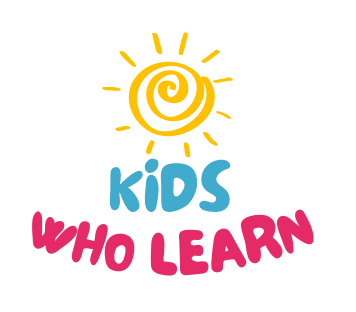Contact Us
We would love to hear from you! Send us a message!
Have a question?
Contact us!
We want to hear from you! Do you have a question, idea, or subject that you would like to learn more about? Let us know in the comment box!
Email Us
admin@kidswholearn.com
Address
Earth, Milky Way Galaxy
Follow Us on Instagram
@KidsWhoLearn
faq
Popular questions
Drop us a comment or question to be featured in our popular questions FAQ!
Motivating a student can be challenging, but there are several strategies that can help:
- Set clear goals: Help your student set achievable goals that are specific, measurable, and time-bound. Encourage them to track their progress and celebrate their successes along the way.
- Provide positive feedback: Acknowledge your student’s efforts and progress, and offer specific praise when they do well. Positive feedback can help boost their confidence and motivation.
- Make learning fun: Incorporate games, puzzles, and other interactive activities into your student’s learning routine. This can help them stay engaged and motivated.
- Create a supportive learning environment: Ensure that your student has a quiet, well-lit study space that is free from distractions. Offer encouragement and support when they face challenges.
- Encourage their interests: Help your student explore their passions and interests by incorporating them into their learning. For example, if your student is interested in space, you could incorporate space-related topics into their science lessons.
Remember that every student is different, and what motivates one student may not work for another. Be patient, flexible, and open to trying new approaches until you find what works best for your student.
Kids learn in many different ways, and there are various theories about how learning occurs. However, some of the most commonly accepted ways that kids learn are through:
- Observing and imitating: Kids learn by observing the actions of others and imitating them. For example, a child may learn to speak by watching and copying the sounds they hear from others.
- Trial and error: Kids often learn by trying new things and making mistakes. Through trial and error, they learn what works and what doesn’t work, and they adjust their behavior accordingly.
- Receiving feedback: Feedback from parents, teachers, and peers can help kids learn and improve. Whether it’s positive feedback that reinforces good behavior or constructive criticism that points out areas for improvement, feedback can be a valuable tool for learning.
- Exploration and play: Kids learn through exploration and play. They use their senses to explore their environment, and they experiment with different objects and materials to learn how they work.
- Formal instruction: Kids also learn through formal instruction, such as in a classroom setting. Teachers provide structured lessons and activities designed to help kids acquire new knowledge and skills.
It’s important to note that every child is unique, and they may learn best through different methods. Some kids may be visual learners who prefer to see information presented visually, while others may be auditory learners who learn best through hearing. By recognizing and accommodating different learning styles, parents and educators can help kids achieve academic success.
The best schedule for a kid will depend on various factors such as age, developmental stage, individual needs, and family circumstances. However, here are some general guidelines for creating a balanced schedule for a kid:
- Adequate sleep: Kids need plenty of sleep to support their physical and cognitive development. Depending on their age, kids may need between 10 to 14 hours of sleep each day.
- Balanced meals: A healthy diet that includes a variety of foods can help kids meet their nutritional needs and maintain their energy levels throughout the day.
- Physical activity: Kids should engage in regular physical activity to promote their overall health and well-being. Depending on their age, kids should get at least 60 minutes of moderate-to-vigorous physical activity each day.
- Learning time: Kids need time for learning and academic pursuits. The amount of time will depend on their age and educational goals, but a general guideline is 1 to 2 hours of focused learning time each day.
- Play and leisure time: Kids also need time for play, relaxation, and leisure activities. These activities can help promote their creativity, social skills, and emotional well-being.
When creating a schedule for a kid, it’s important to be flexible and adaptable to accommodate individual needs and circumstances. Parents and caregivers can work with their kids to create a schedule that works for them and adjust it as necessary based on feedback and changing needs.
